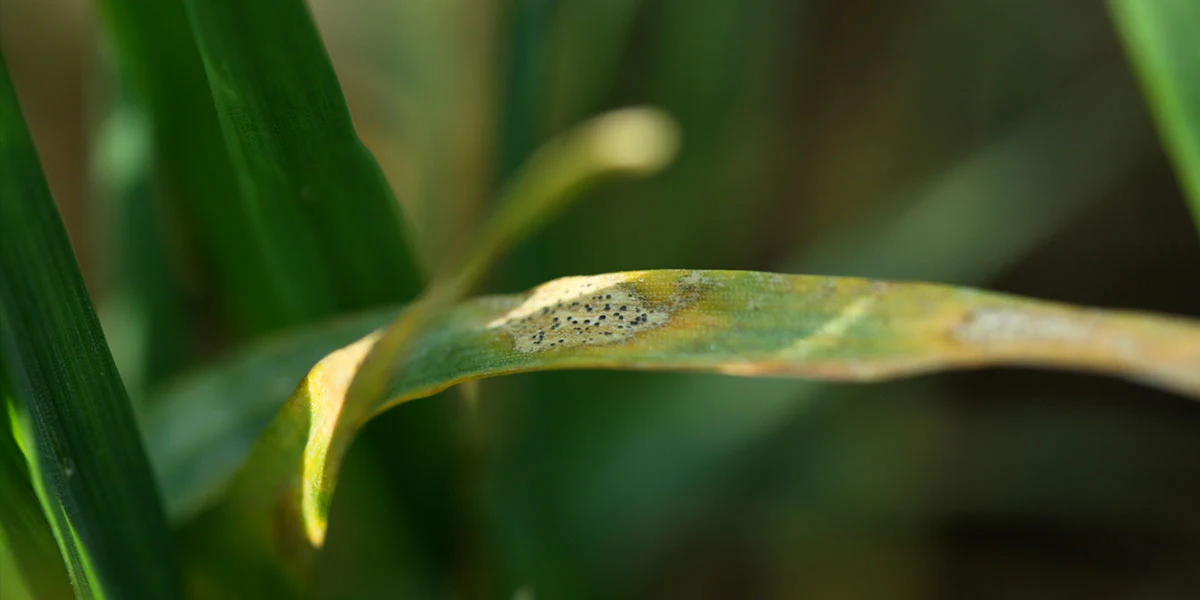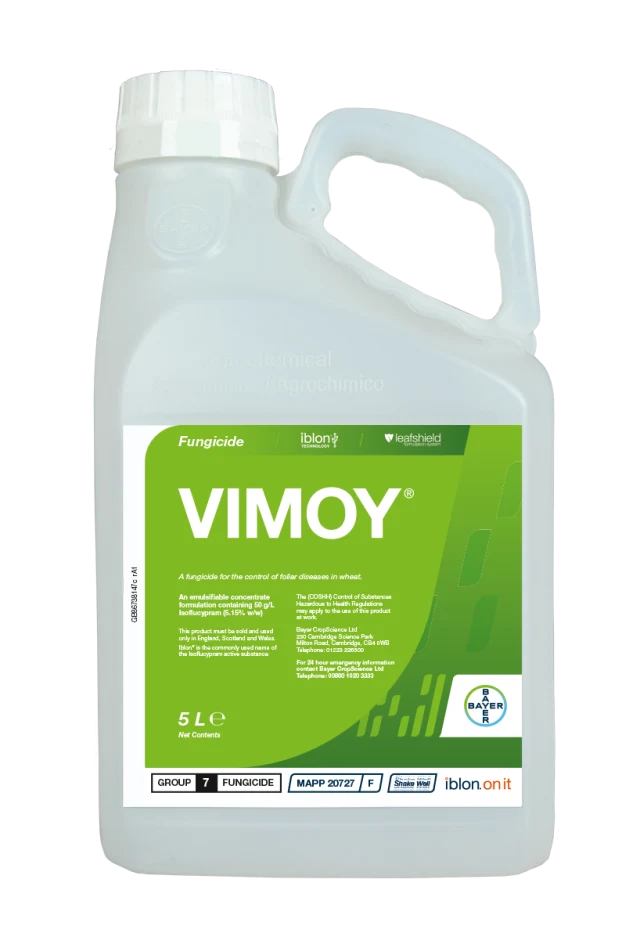Published on 7th March 2024
Disease Management
Disease control must cover a broad-spectrum

Septoria dominates wheat disease control focus, but don’t overlook the sometimes-considerable threat posed by others.
Disease control in wheat tends to focus on Septoria and yellow rust, and rightly so, especially in the case of Septoria with its ubiquitous infection pattern and potential yield penalty.
Yellow rust too can severely impact yield, but varietal resistance helps mitigate its threat. Of the 10 most popular varieties sown this season, just two are considered high risk, Skyfall, a Group 1, and Gleam, a Group 4 (see table 1).

In contrast, only two varieties in the list of the top 10 most popular varieties have strong brown rust resistance – Skyfall and KWS Dawsum – while three have poor resistance (a score of four or less on the Recommended List) to eyespot and no variety has a score better than six.
While brown rust is typically found in the south and east where summer temperatures are higher, milder winters and higher than normal spring temperatures are extending its range further north.
Eyespot, in contrast, is favoured in western and northern regions as disease development is faster after, or during, a mild, wet winter and spring. Risk is highest for crops grown in moisture-retentive, heavy soils.
Quantifying risk
There is no consistent relationship between yield and eyespot levels, with initial inoculum level a significant driver of disease development and yield loss, an AHDB project led by SRUC’s Prof Fiona Burnett in 2012, found.
Best estimates were 0.05-0.25 t/ha yield loss for every 10% of eyespot incidence at GS 31/32.
The project also identified those factors that could help growers quantify the risk to their crops based on region, soil type, previous cropping, tillage and sowing date (see table 2). A score of 20 or more is high risk; for example, an early October-drilled second wheat in the west on heavy soil, with a score of 10-20 falling into medium to medium-high risk.

That information should be combined with an assessment of eyespot symptoms at GS 31/32 to determine final risk. In fields with a medium, to medium-high risk, treatment can be justified where there is a history of eyespot, while where the scores indicate a high-risk, treatment is necessary, even in fields where eyespot has rarely caused a yield loss.
Increasing threat
Eyespot levels seem to be increasing, Prof Burnett says, at least if samples into SRUC’s Crop Clinic are a good indicator. “It’s also in crops you wouldn’t expect, like spring barley.”
The lack of good varietal resistance is one reason for the apparent increase, along with warmer winters that are conducive for infection. Part of the lack of varietal resistance has been a testing system which favours yield over other traits, and perhaps consequently, inadvertently, counted against eyespot resistance carried by the Pch1 gene, which also carries a slight yield penalty, she suggests.
But the industry as a whole has rather neglected eyespot. “We know very little about the strains now compared with how we used to keep tabs on the ebb and flow between the R and W types, or their resistance status, or how the various actives perform. It’s been a long time since we had any substantial research funding for eyespot.
Fungicide options
Control is, perhaps, simpler than in the past where a specific eyespot fungicide was often required as an add-in to programmes, Prof Burnett notes. “Prothioconazole is the most active of the azole fungicides, although I don’t have data to compare it with mefentrifluconazole.
“Most SDHI actives also add some eyespot activity, but again there is little data to tell you how they compare.
“But that would suggest an SDHI mix with an azole would be at the top of the ranking table. We know you have to give eyespot a decent hit, so while without any robust trials data it’s hard to be definitive, I suggest something like a 70% dose at T1 would be important where you are targeting eyespot as well as other diseases.”
For brown rust, later applications remain the key timing, Prof Burnett says. “Again, with an azole base that’s quite active against both rusts that becomes an easier decision.”
As control of some diseases improves, others will come to fill the vacuum. Those to consider include tan spot and Ascochyta, she adds. “Both are behaving slightly opportunistically. We’re clearing out other major worries and leaving some green leaf for other pathogens. Tan spot has some resistance issues to azoles, SDHIs and strobilurin fungicides and likes warmer summers.
Key messages
Don’t just focus on Septoria and yellow rust for wheat disease control
Also consider other threats, notably brown rust and eyespot
Prothioconazole is the most active azole against eyespot
Beware emerging new diseases



